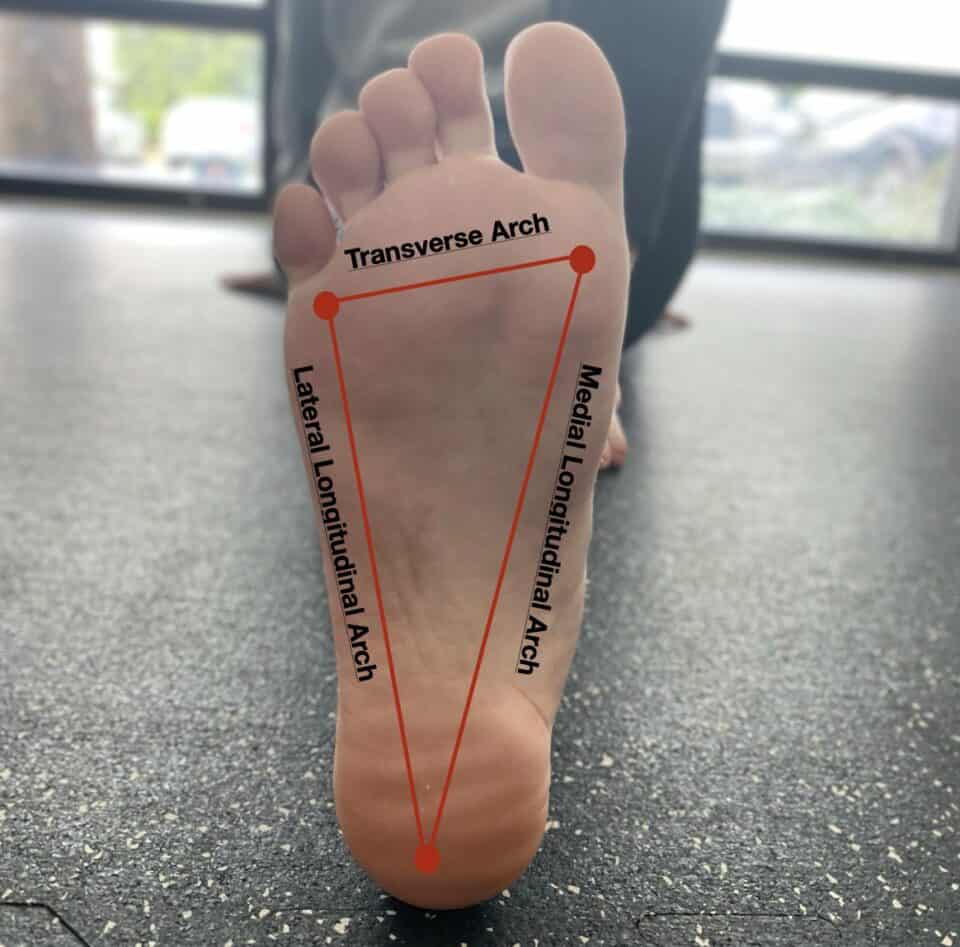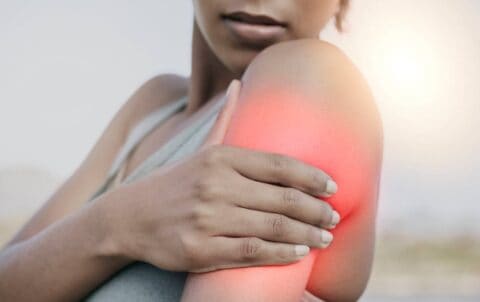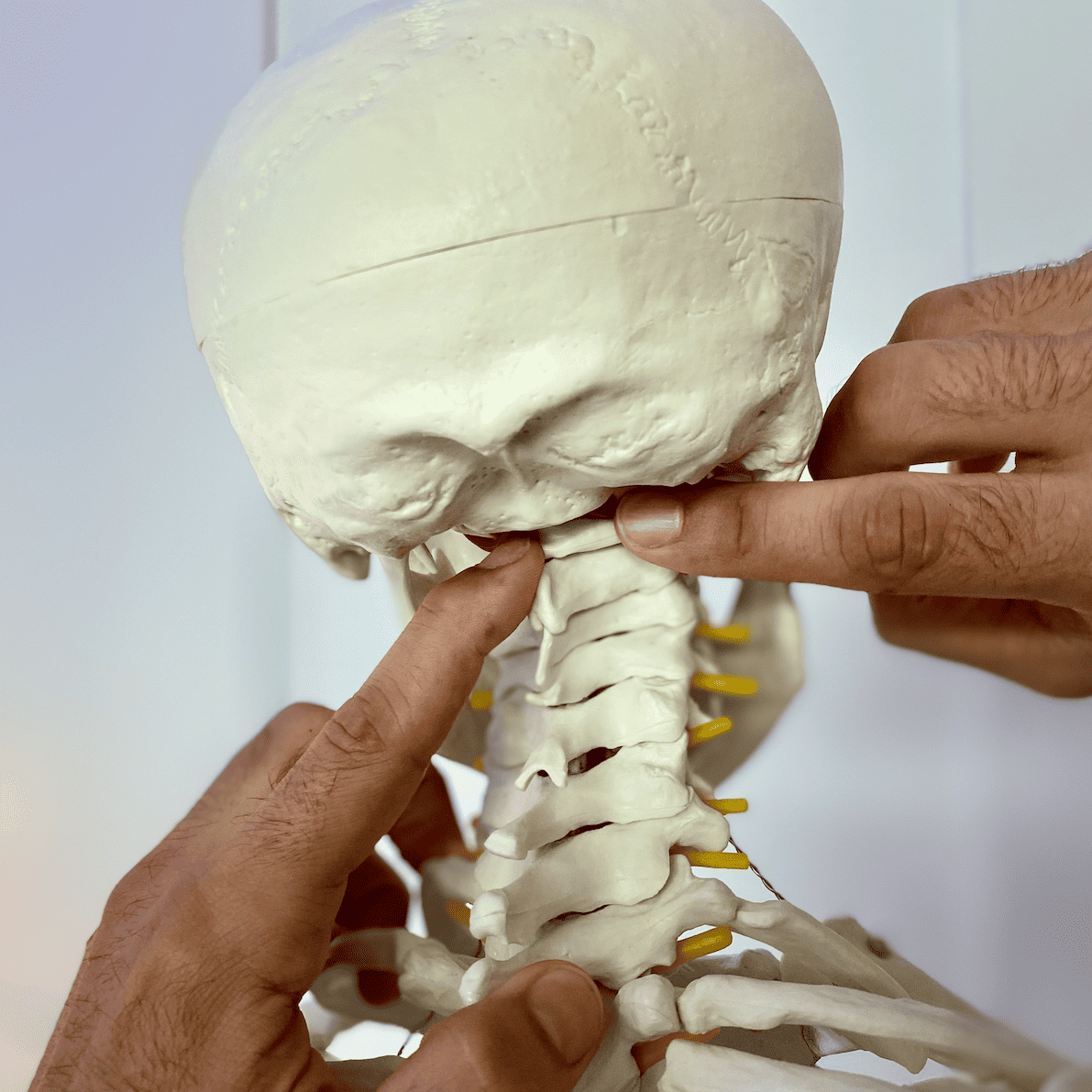Our feet are remarkable structures that provide a solid foundation for our entire body. While they may seem like simple appendages, they are far more complex than meets the eye. 1The feet consist of three distinct arches that play a crucial role in maintaining balance, absorbing shock, and facilitating smooth mobility. In this blog post, we will delve into the fascinating world of the three arches of the foot and explore their significance in supporting our overall health and well-being.
Table of Contents
- The Medial Longitudinal Arch
- The Lateral Longitudinal Arch
- The Transverse Arch
- What can we conclude from this?
Experience the BodyFix Difference
Experience the difference that patient-centric, whole-body chiropractic care can make. Discover how The BodyFix’s unique approach addresses not just your pain, but your overall wellness for lasting results.
The Medial Longitudinal Arch
Let’s begin with the most well-known arch: the medial longitudinal arch. This arch runs along the inner edge of the foot, extending from the heel to the ball of the foot. It is formed by the calcaneus (heel bone), talus, navicular, three cuneiform bones, and the first three metatarsal bones. The primary function of this arch is to absorb the shock generated during walking, running, and other weight-bearing activities.
The medial longitudinal arch acts as a natural spring, distributing the forces exerted on the foot evenly and reducing the impact on the joints and soft tissues. It also helps to maintain balance and stability by adapting to various surfaces. However, certain factors like obesity, improper footwear, or weak foot muscles can cause the arch to collapse or become excessively high, leading to conditions like flat feet or high arches furthermore creating conditions such as Plantar Fasciitis.
The Lateral Longitudinal Arch
Moving on to the lateral longitudinal arch, we find it positioned on the outer edge of the foot, parallel to the medial arch. 2The lateral arch spans from the heel to the little toe and is primarily supported by the calcaneus and the fifth metatarsal bone. Although less pronounced than the medial arch, it plays a vital role in distributing the body’s weight and maintaining balance.
The lateral longitudinal arch works in conjunction with the medial arch to provide stability and absorb the forces encountered during movement3. It contributes to the foot’s ability to adapt to uneven surfaces and changes in terrain. Just like the medial arch, issues such as excessive pronation or supination can impact the functionality of the lateral arch, leading to discomfort and potential injuries.
Examination of the Calcaneus and Cuboid joints usually reveals restrictions that need to be either adjusted or mobilized depending on the level of inflammation. We found that releasing these joints often leads to faster-improved results with plantar fasciitis.
The Transverse Arch
The third arch, known as the transverse arch, runs across the midfoot, perpendicular to the longitudinal arches. I4t spans from the inner to the outer edge of the foot, connecting the tarsal bones. The transverse arch plays a vital role in weight distribution and maintaining the foot’s structural integrity.
This feet arch functions as a natural support bridge, allowing for efficient weight transfer during activities such as standing, walking, and running. It assists in maintaining the foot’s shape, preventing excessive flattening or widening during weight-bearing. Any disruptions to the transverse arch, such as collapsed arches or imbalances, can lead to foot deformities and conditions such as Morton’s neuroma. Stability exercises like balancing on a Bosu ball help strengthen all 3 arches to a certain degree depending on what motion the patient is instructed to perform during rehab.
What can we conclude from this?
Understanding the 3 arches of the foot provides valuable insights into the complex mechanics that govern our ability to move and maintain balance5. The medial longitudinal foot arch, lateral longitudinal arch, and transverse arch of the foot work in unison to distribute forces absorb shock, and provide stability. By maintaining proper foot alignment (soft tissue + joint mobility), engaging in foot-strengthening exercises, and wearing appropriate footwear, we can support these arches and promote overall foot health, enhancing our mobility and well-being. Remember, strong arches of foot build a strong foundation for a healthier, more active life.
Blog Disclaimer: The information provided on The BodyFix Chiro blog is for general informational and educational purposes only and is not intended as medical advice. These articles reflect our opinions and experiences but should not be used to diagnose or treat any health conditions. Always consult with your physician, chiropractor, or other qualified healthcare provider before starting any new treatment, exercise program, or making changes to your health routine. Any actions you take based on information from this blog are entirely at your own risk, and The BodyFix Chiro and its contributors disclaim any liability for the decisions you make based on this information.



